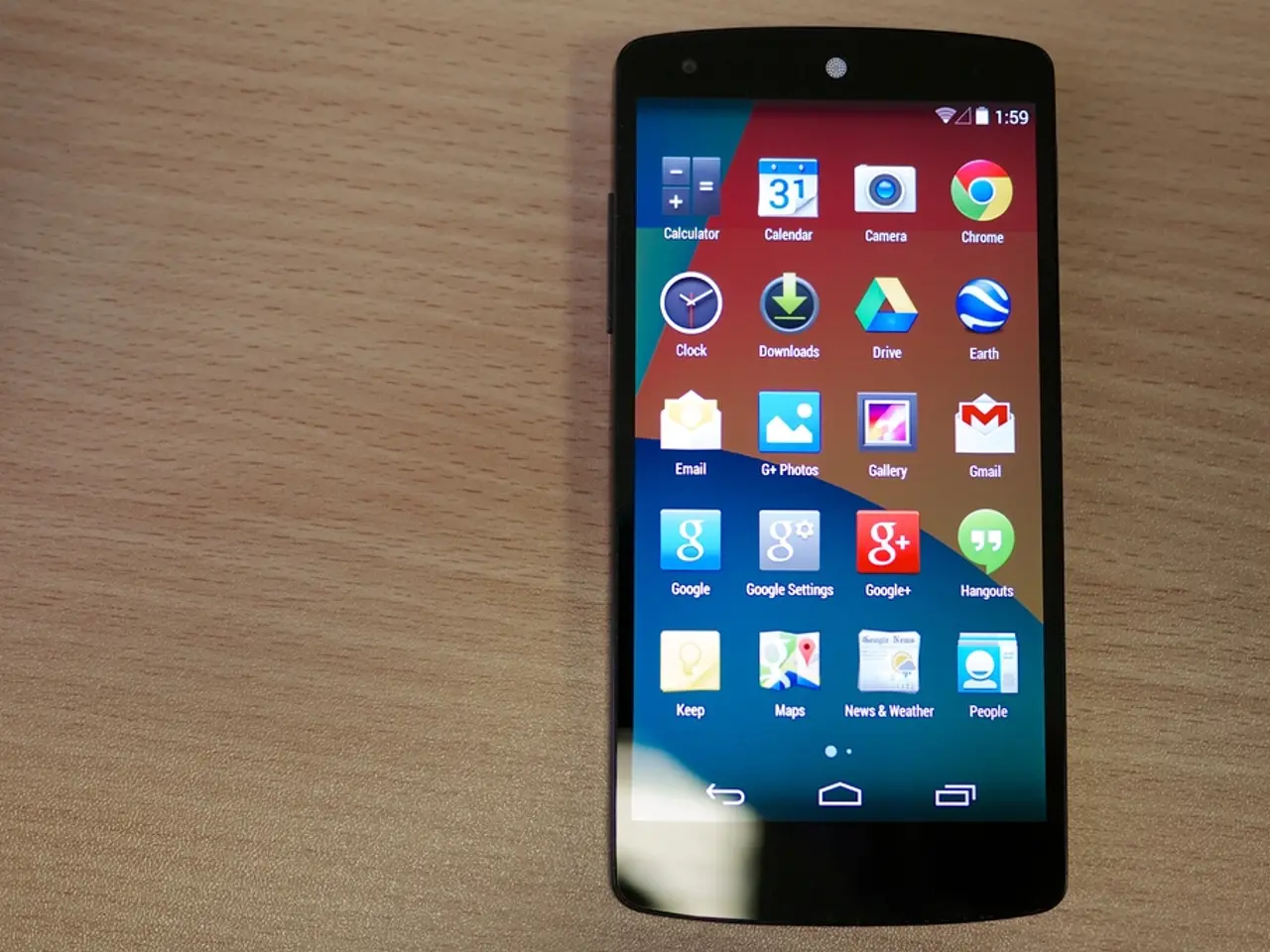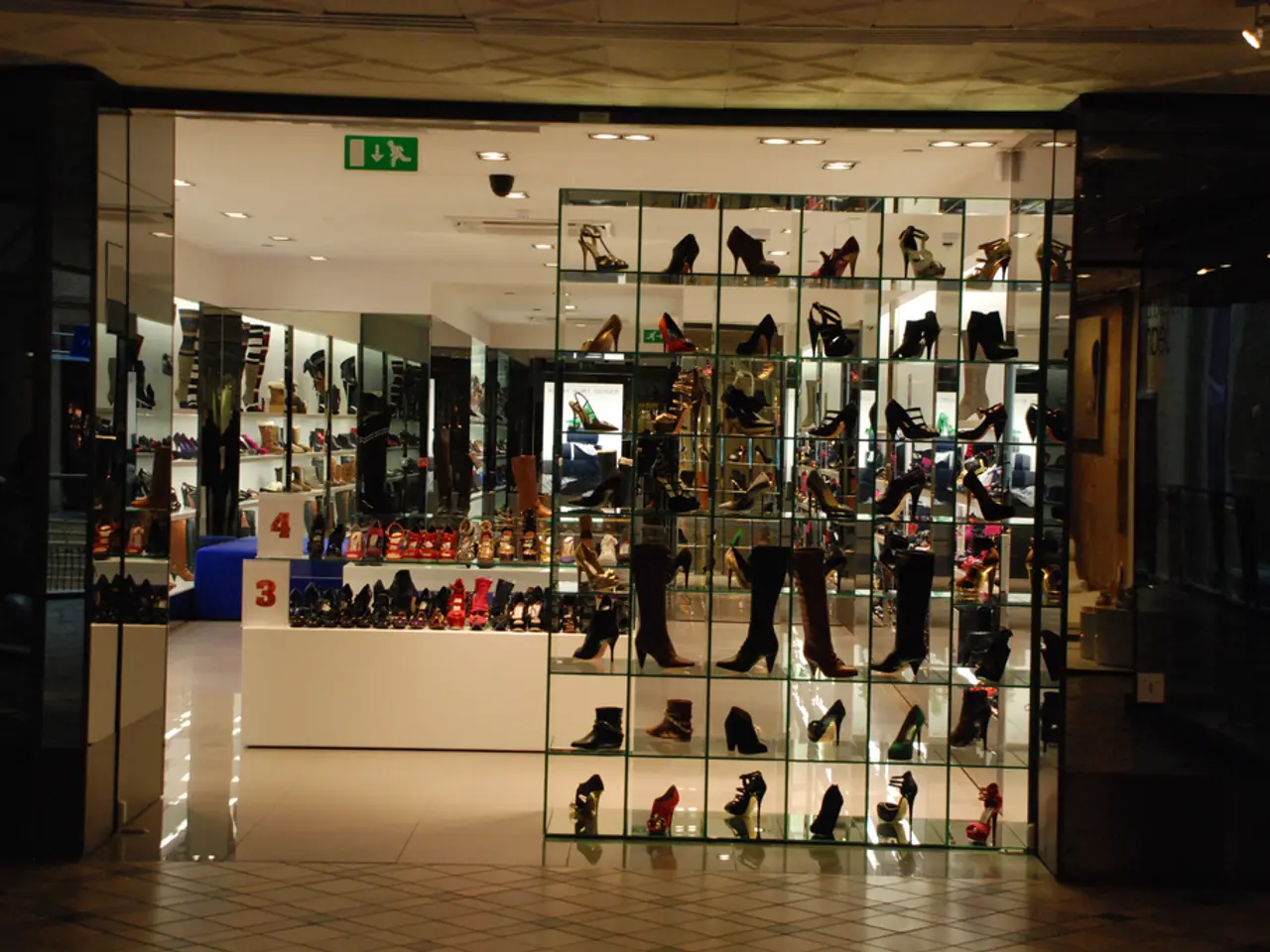Top Languages for Translation and Localization in the Year 2025
In the digital economy of 2025, businesses are prioritizing translation and localization services to expand their reach, build trust, and increase conversions across international markets. The most popular languages for translation and localization reflect global economic, demographic, and geopolitical trends, particularly the rise of emerging markets in Asia, Africa, and Latin America.
English, Mandarin, Spanish, Hindi, Arabic, Portuguese, German, Russian, French, Japanese, Korean, and Italian are among the most popular and in-demand languages for translation and localization in 2025. These languages represent a blend of traditional global business languages and those tied to rapidly growing markets.
Mandarin Chinese, driven by China's significant economic growth and global business presence, continues to dominate as a top choice for companies entering Asia. English, despite not being the first language for many countries, remains crucial in international communication, politics, and education. Spanish, due to widespread use across the Americas and Europe and the growing Hispanic market in the USA, is also a strong choice.
Hindi, reflecting India's large population and economic development, is among the fastest-growing markets for localized content, with over 600 million internet users. Arabic, with over 300 million speakers across the Middle East and North Africa, requires specialized localization expertise due to its unique script and right-to-left formatting. Portuguese, fueled by Brazil's emerging market and economic ties with Portuguese-speaking African countries, is another language of high importance.
German, Germany's economic influence in Europe, sustains demand, particularly in the automotive, engineering, and manufacturing industries. Russian, due to its widespread use across Eastern Europe and Central Asia, is valuable for businesses in energy, mining, logistics, and education. French, an official language in many international organizations and parts of Africa experiencing economic growth, is also in high demand.
Japanese and Korean are key for technology, entertainment, and global business connections, with Japan being a tech and entertainment powerhouse. Italian maintains importance due to cultural influence and roles in the EU and various industries.
For businesses looking to localize their content, VerboLabs specializes in providing native-speaking translators with domain expertise, multilingual content creation from scratch or for translation, end-to-end localization solutions including subtitles, voiceovers, and UI/UX adaptation, and support for global platforms like Shopify, WordPress, WooCommerce, and Magento.
In addition to these languages, regional languages such as Tamil, Telugu, Bengali, Marathi, and Kannada in India, Thai, Vietnamese, and Bahasa Indonesia in Southeast Asia, Swahili, Amharic, and Yoruba in Africa, offer access to niche but growing markets with high conversion potential.
Professional translation ensures cultural adaptation, tone and context optimization, technical and industry-specific expertise, quality checks, and linguistic testing. Costs for localization vary by language, project size, and content type, so it's recommended to contact VerboLabs for a custom quote.
In conclusion, businesses prioritizing global expansion should consider localizing their content in the most popular and in-demand languages for translation and localization in 2025. These languages reflect economic powerhouses and emerging markets across multiple continents, offering businesses the opportunity to reach new audiences and maximize their potential for growth.
Mandarin Chinese, being the top choice for companies entering Asia due to China's significant economic growth, is a crucial language for businesses looking to expand in that continent. Spanish, with its widespread use across the Americas and Europe and growing Hispanic market in the USA, is also a strong choice for businesses aiming to tap into the Latin American market.




